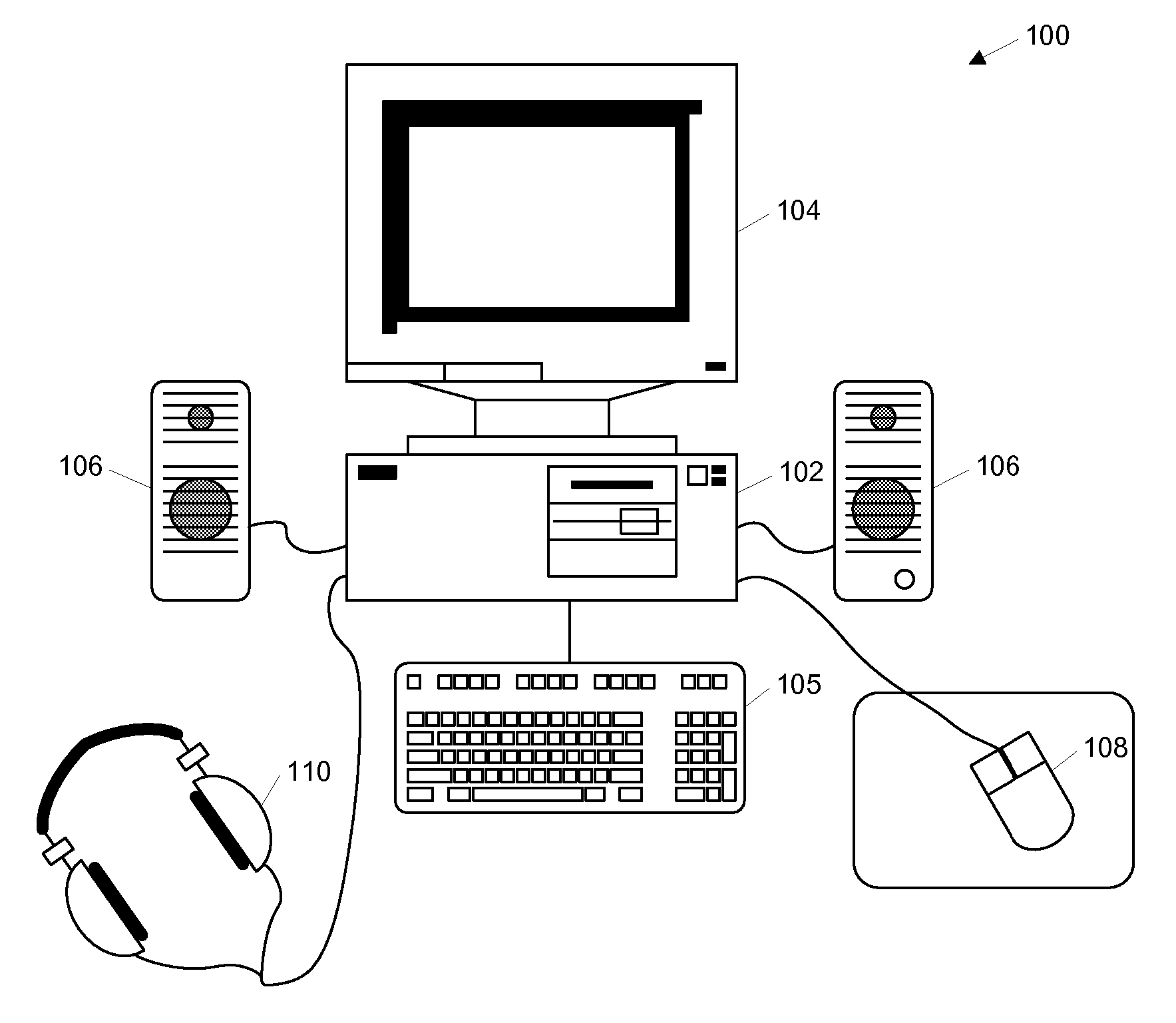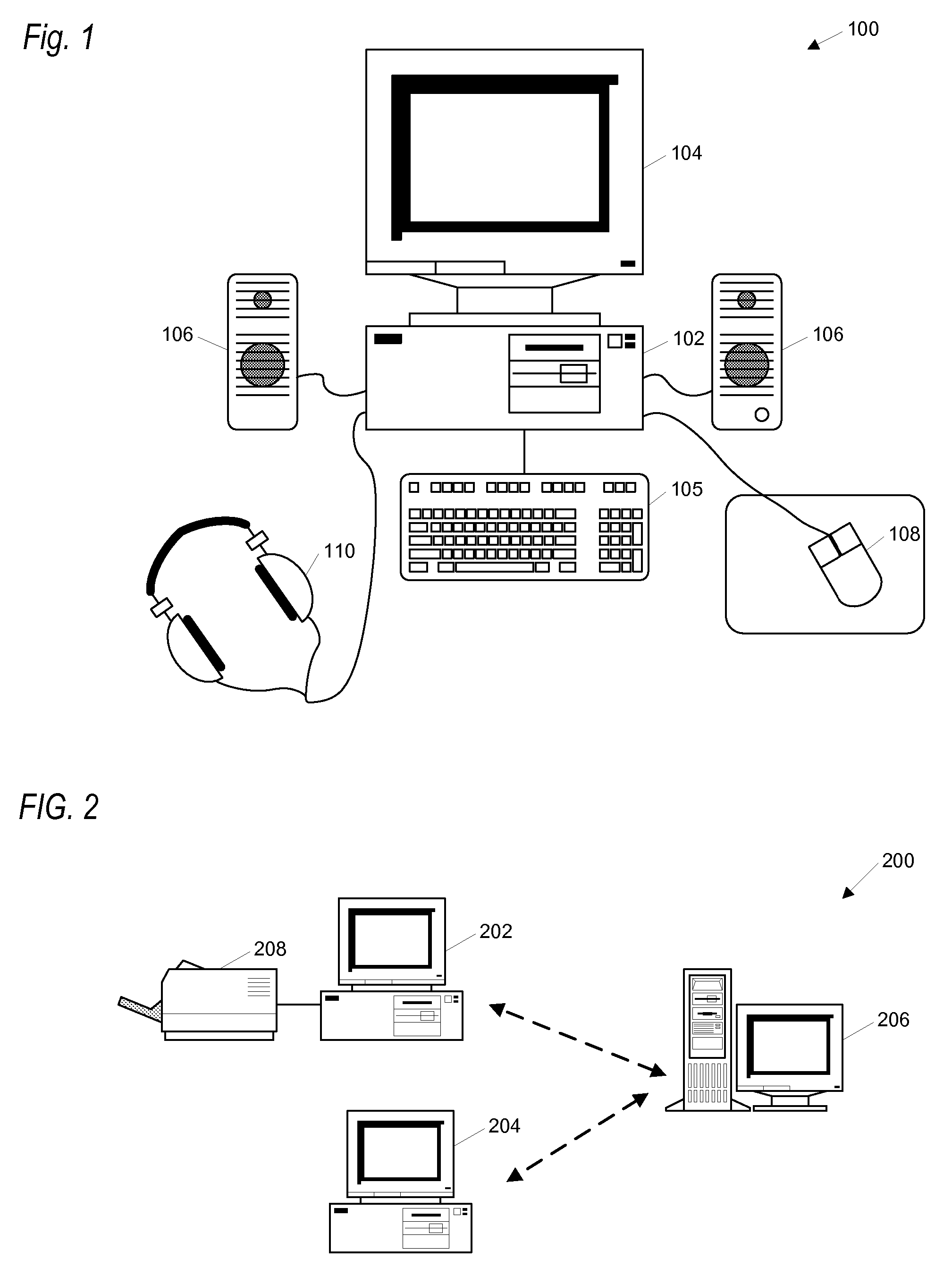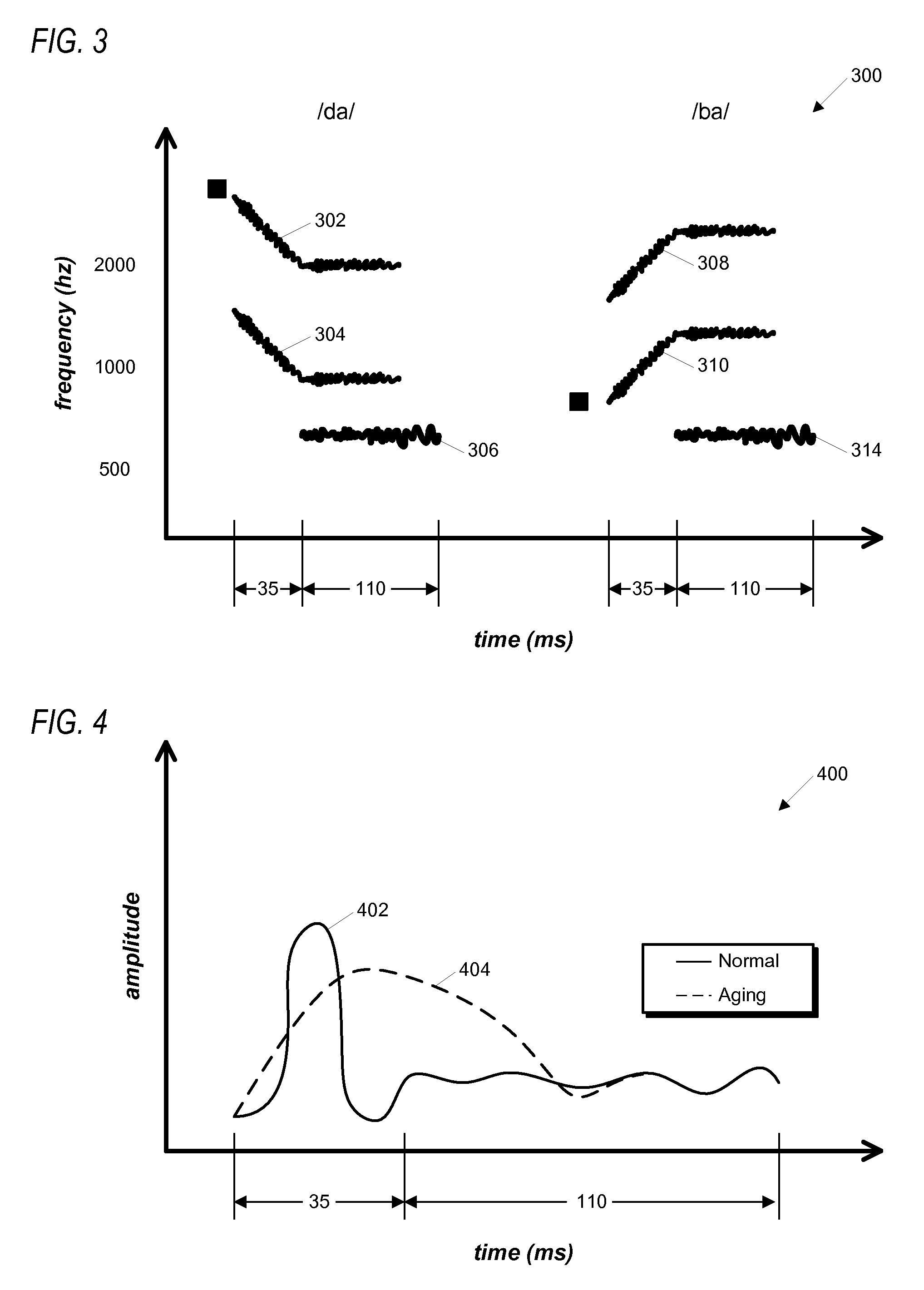Assessment in cognitive training exercises
a cognitive training and exercise technology, applied in the field of brain health programs, can solve the problems of affecting the quality of life of people with age-related cognitive decline, affecting the effectiveness of available therapeutic approaches, and affecting the quality of life of people, so as to achieve the effect of decreasing the duration and increasing the duration
Inactive Publication Date: 2007-06-21
POSIT SCI CORP
View PDF7 Cites 102 Cited by
- Summary
- Abstract
- Description
- Claims
- Application Information
AI Technical Summary
Problems solved by technology
The experience of this decline may begin with occasional lapses in memory in one's thirties, such as increasing difficulty in remembering names and faces, and often progresses to more frequent lapses as one ages in which there is passing difficulty recalling the names of objects, or remembering a sequence of instructions to follow directions from one place to another.
Typically, such decline accelerates in one's fifties and over subsequent decades, such that these lapses become noticeably more frequent.
It is often clinically referred to as “age-related cognitive decline,” or “age-associated memory impairment.” While often viewed (especially against more serious illnesses) as benign, such predictable age-related cognitive decline can severely alter quality of life by making daily tasks (e.g., driving a car, remembering the names of old friends) difficult.
However, the positive benefits provided by available therapeutic approaches (most notably, the cholinesterase inhibitors) have been modest to date in AD, and are not approved for earlier stages of memory and cognitive loss such as age-related cognitive decline and MCI.
Although moderate gains in memory and cognitive abilities have been recorded with cognitive training, the general applicability of this approach has been significantly limited by two factors: 1) Lack of Generalization; and 2) Lack of enduring effect.
As a result, effecting significant changes in overall cognitive status would require exhaustive training of all relevant abilities, which is typically infeasible given time constraints on training.
As a result, cognitive training has appeared infeasible given the time available for training sessions, particularly from people who suffer only early cognitive impairments and may still be quite busy with daily activities.
As a result of overall moderate efficacy, lack of generalization, and lack of enduring effect, no cognitive training strategies are broadly applied to the problems of age-related cognitive decline, and to date they have had negligible commercial impacts.
However, since formant frequencies constitute only a (comparatively informative) subset of the range of acoustic cues that accompany human productions of the consonants, sounds synthesized in this way do not closely resemble natural speech in a general sense.
As a result, many participants may be unable to match these synthesized sounds, presented in isolation, with the intended syllables based on their previous linguistic experience, and are therefore unable to progress through the easiest levels of the exercise, which almost certainly involve sound distinctions that are well above their actual thresholds for detection.
However, prior art embodiments of such cognition enhancement exercises do not facilitate the determination of this threshold for participants.
Method used
the structure of the environmentally friendly knitted fabric provided by the present invention; figure 2 Flow chart of the yarn wrapping machine for environmentally friendly knitted fabrics and storage devices; image 3 Is the parameter map of the yarn covering machine
View moreImage
Smart Image Click on the blue labels to locate them in the text.
Smart ImageViewing Examples
Examples
Experimental program
Comparison scheme
Effect test
examples
[1332]
Bi - no lengthening addedBi - highest lengthening3535200.01058520011002150200.01058520011002150209.61108530016002450238.51108530016002450218.81208531018802800275.31208531018802800235.61208531020202990292.21208531020202990286.21208531020202990325.91208531020202990396.91008529020703000399.71008529020703000
the structure of the environmentally friendly knitted fabric provided by the present invention; figure 2 Flow chart of the yarn wrapping machine for environmentally friendly knitted fabrics and storage devices; image 3 Is the parameter map of the yarn covering machine
Login to View More PUM
 Login to View More
Login to View More Abstract
A method on a computing device is provided for assessing a stimulus threshold of an older adult by requiring the adult to differentiate between rapidly presented stimuli. The method trains the time order judgment of the adult by presenting upward and downward frequency sweeps, in random order, separated by an inter-stimulus interval (ISI). Icons associated with the upward and downward frequency sweeps allow the adult to indicate an order in which the frequency sweeps are presented (i.e., UP-UP, UP-DOWN, DOWN-UP, and DOWN-DOWN). Correct / incorrect selection of an order causes the inter-stimulus interval and / or the duration of the frequency sweeps to be adaptively reduced / increased, using a maximum likelihood procedure, such as ZEST or QUEST, where two tracks, each with a respective duration and ISI, are adjusted until their values substantially converge, or a specified number of trials is performed. The threshold is determined by averaging the final values of the two tracks.
Description
CROSS REFERENCE TO RELATED APPLICATION(S) [0001] This application claims the benefit of the following U.S. Provisional Patent Application, which is incorporated herein in its entirety for all purposes: PS.0117 60 / 749,979 Dec. 13, 2005 ZEST PROGRESSIONS IN HiFi ASSESSMENTSFIELD OF THE INVENTION [0002] This invention relates in general to the use of brain health programs utilizing brain plasticity to enhance human performance and correct neurological disorders, and more specifically, to a method for assessing participant thresholds for respective exercises. BACKGROUND OF THE INVENTION [0003] Almost every individual has a measurable deterioration of cognitive abilities as he or she ages. The experience of this decline may begin with occasional lapses in memory in one's thirties, such as increasing difficulty in remembering names and faces, and often progresses to more frequent lapses as one ages in which there is passing difficulty recalling the names of objects, or remembering a seque...
Claims
the structure of the environmentally friendly knitted fabric provided by the present invention; figure 2 Flow chart of the yarn wrapping machine for environmentally friendly knitted fabrics and storage devices; image 3 Is the parameter map of the yarn covering machine
Login to View More Application Information
Patent Timeline
 Login to View More
Login to View More Patent Type & Authority Applications(United States)
IPC IPC(8): G09B19/00
CPCG09B5/06G09B7/02G09B19/00
Inventor CHAN, SAMUEL CHUNGCHIHARDY, JOSEPH L.MAHNCKE, HENRY W.
Owner POSIT SCI CORP
Features
- R&D
- Intellectual Property
- Life Sciences
- Materials
- Tech Scout
Why Patsnap Eureka
- Unparalleled Data Quality
- Higher Quality Content
- 60% Fewer Hallucinations
Social media
Patsnap Eureka Blog
Learn More Browse by: Latest US Patents, China's latest patents, Technical Efficacy Thesaurus, Application Domain, Technology Topic, Popular Technical Reports.
© 2025 PatSnap. All rights reserved.Legal|Privacy policy|Modern Slavery Act Transparency Statement|Sitemap|About US| Contact US: help@patsnap.com



